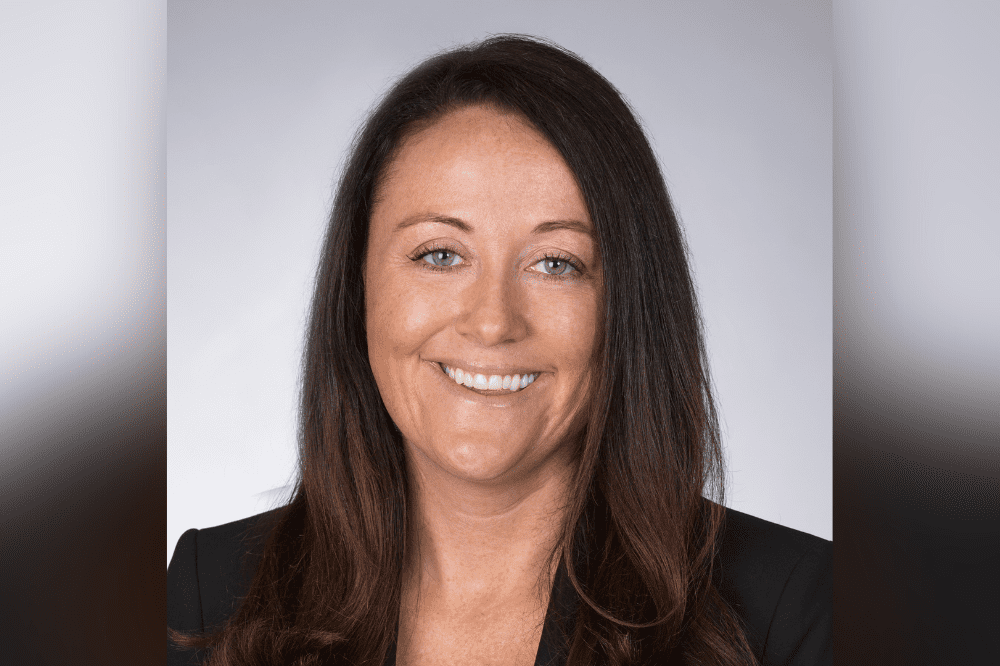What’s next for commercial auto risk in 2023?

“In 2021, combined ratios [among commercial auto insurers] fell below 100%. But that looks like that’s going to reverse in 2023,” predicted Jennifer Friesen (pictured), vice president of Brown & Brown. “Inflation, risky driving, and other factors contributing to costly claims are likely going to continue throughout 2023.”
So-called nuclear verdicts – jury verdicts favoring the plaintiff in personal injury lawsuits and demanding payouts above what insurance policies are meant to cover – will also continue to impact the commercial auto market, Friesen added.
Inflation has driven up the cost of auto insurance claims. But vehicles themselves are becoming more sophisticated, which makes repair and replacement costlier as well. “There’s just more technology in vehicles today. Inflation and other similar factors are adding pressure on employers and fleet managers to increase their risk mitigation measures,” Friesen told Insurance Business.
How can insureds deal with commercial auto rate increases?
US commercial auto rates rose 7% in Q4 of 2022, according to a new report by MarketScout. This increase is consistent with the upward trend in premiums over the last several years.
Proactivity is key to navigating rate pressure in the commercial auto market this year, according to Brown & Brown. Strong safety programs for drivers will go far in managing the risks for commercial fleets.
Friesen discussed several trends in commercial auto risk for brokers and policyholders to watch in 2023:
Telematics
More than ever, telematics and data analytics will be crucial for organizations in managing their commercial auto risk. Telematics devices promote safe driving practices and protect drivers in the event of a claim. They also help determine who is at fault during the accident, reducing the risk of a nuclear jury verdict if a lawsuit occurs.
“Companies should be leveraging telematics to measure driver safety and incorporating the data into their safety and loss control programs,” said Friesen. “Telematics can measure things like speed and harsh braking, but also vehicle health. Fleet managers and companies can use analytics to look at claims trends and proactively deal with safety and loss control in real time.”
Safety program management
The average cost of a loss related to fleet vehicle accidents is around $70,000, making it the costliest type of workplace injury claim for companies, according to Travelers. By contrast, the average cost of a medically consulted workplace injury in 2020 was $44,000, according to data by the National Safety Council.
An effective safety program is comprehensive and instituted in the organization’s workplace culture. Employers should use data to identify all their drivers, ensuring they are up to date with their training and informed of vehicle safety policies and procedures.
Businesses should be routinely evaluating their safety programs to ensure they address the most critical safety issues within their fleet. Paired with telematics, this can be a powerful way to mitigate commercial auto risks.
Distracted driving and other risky behaviors can be reduced through continued driver education and training, especially as more technology makes its way into vehicles.
“Companies can also look at implementing driver scorecards or incentive programs that encourage drivers to practice safe driving,” Friesen advised. “Safety and loss control is paramount, as is making sure they’ve got the methods in place to proactively deal with claims.”
Risk retention
Insureds might also consider higher liability deductibles, and potentially captives, to take better control of their insurance programs, especially in the trucking industry. Brokers can help clients with larger fleets and higher auto exposures explore these options to help them save on costs.
Captive insurance is an alternative to self-insurance where a wholly owned subsidiary insurer is formed to provide risk mitigation services for its parent company or related entities.
“Typically, clients in captive programs haven’t seen the rate pressure over the past few years that clients in lower-deductible programs have. The incorporation of higher retention or deductibles may help them reduce costs,” Friesen said.
What are your thoughts about the commercial auto insurance market in 2023? Share them in the comments below.





